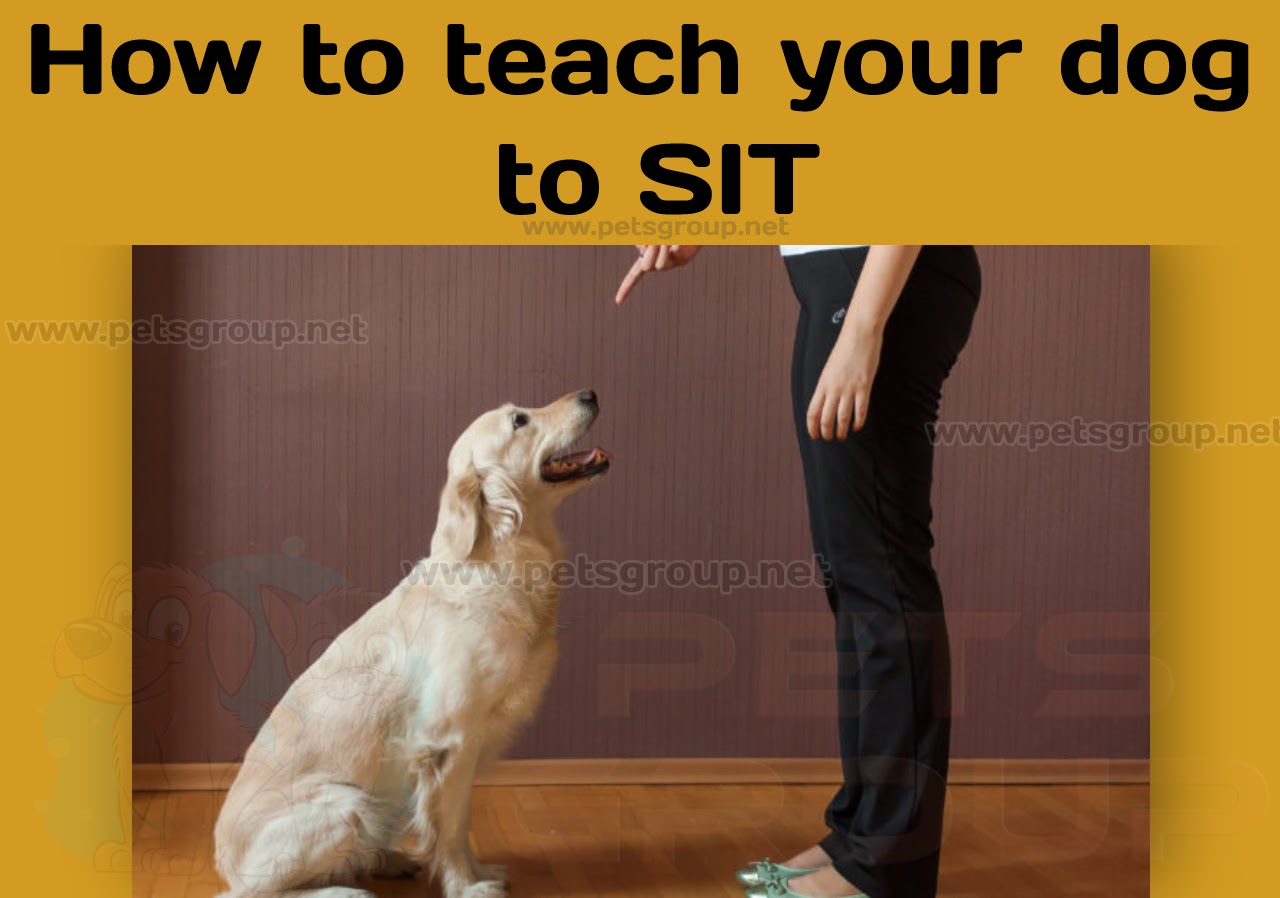teach your dog to SIT
In this post, we are going to show you the easiest and quickest way to teach your dog to sit on command. The sit command should be the first thing you teach your dog because he sits naturally, it’s easy for him to master and it’s the foundation of all future training.
Preparation
Before we move on to the practical steps of how to teach your dog to sit, let’s look at what you can do to prepare for your training session.
Patience – Whether you’re basic training with a puppy or teaching older dogs new tricks, the secret to success is patience. “Patience”, especially if you’re training a puppy because he’s a blank canvas.
Environment – In the early days of training the environment is important. Puppies are easily distracted so a quiet place away from any other distractions is important. We would also recommend training in a confined space because it stops him from running away when he’s bored.
Verbal Commands – Dogs do not speak our language, they understand sounds but not words. Your commands need to be clear, loud enough to hear, and firm without shouting. Pronounce the word sit by emphasizing the “S” so “Sit”, if you do, he’ll eventually sit on “Sss”.
Expect Success – Repeating the command sit, sit, sit does not teach him to sit, it teaches him to ignore you. Success is saying sit once and he sits the first time. If you keep repeating sit; you’re actually teaching him to fail. If he isn’t getting it, stop, take a break and come back to it later.
Time – In the beginning keep your session short. Puppies are easily tired out, if you do too much he’ll associate training as a negative experience rather than enjoying it. Always finish the session on a positive, if he’s sitting on command, rather than repeating it over and over, have a goal say three successful sits then stop the session.
Reward – After all of his hard work and if he’s sitting on command reward him. There is nothing more your dog wants than a reward from his master, and he’ll do anything to earn it. A word of caution, don’t always use food treats as a reward, if you do, you’ll end up with a fat dog. An enthusiastic stroke or play with his favorite toy is as effective.
Fun – Training should be fun for both of you. If it isn’t, it probably means you’ve run out of patience, stop the session and start again later. Continuing when you’re frustrated will end up with you getting annoyed and stressing your dog.
How to Teach Your Dog to Sit
If you have prepared for the session, the next steps should be easy. The best outcome is a quick sit-on command.
A sit means – bum firmly on the floor, legs underneath his bottom, his head held high and staying put until you release him from the position.
Under no circumstances press on your dog’s hind, it hurts him and if done with too much force can cause lasting damage to his hips.
Get him in close, and use a treat or toy to grab his attention. Once you have his undivided attention, hold the reward above his nose and let him have a sniff.
Then, with one smooth action, move his reward upwards and backward over his head. If done correctly, your dog will naturally sit. As his bum hits the floor say the word sit emphasizing the “S”. He will then associate the word sit with his bum on the ground.
Read also : How to Stop a Puppy from Biting (petsgroup.net)
You may find as soon as your dog senses his reward, he’ll sit without the command. If this happens, still say the word “sit” to reinforce the command.
Whenever he sits on command, reward him and repeat. Don’t go overboard with his praise because you don’t want to over-excite him. Save the bulk of your praise for the end of the session, this way he’ll want to please you quickly during the session so he can get to the end.
If he slouches, delays the sitting position, or anything in between, don’t reward him; simply go back to the start.
This may sound harsh, but you want your dog to sit firmly as soon as you command him to do so. There may be times when you need an immediate sit to keep him out of danger, so it’s important to do it correctly now whilst he’s in a safe environment.
So there you have it, the easiest and quickest way to teach your dog to sit on command.
Be patient, some dogs get it straight away, others don’t. Success will come from repetition, practice often and he’ll be soon sitting on command and ready for the next stage of his training which is sitting, staying, and waiting!


Comments
Post a Comment